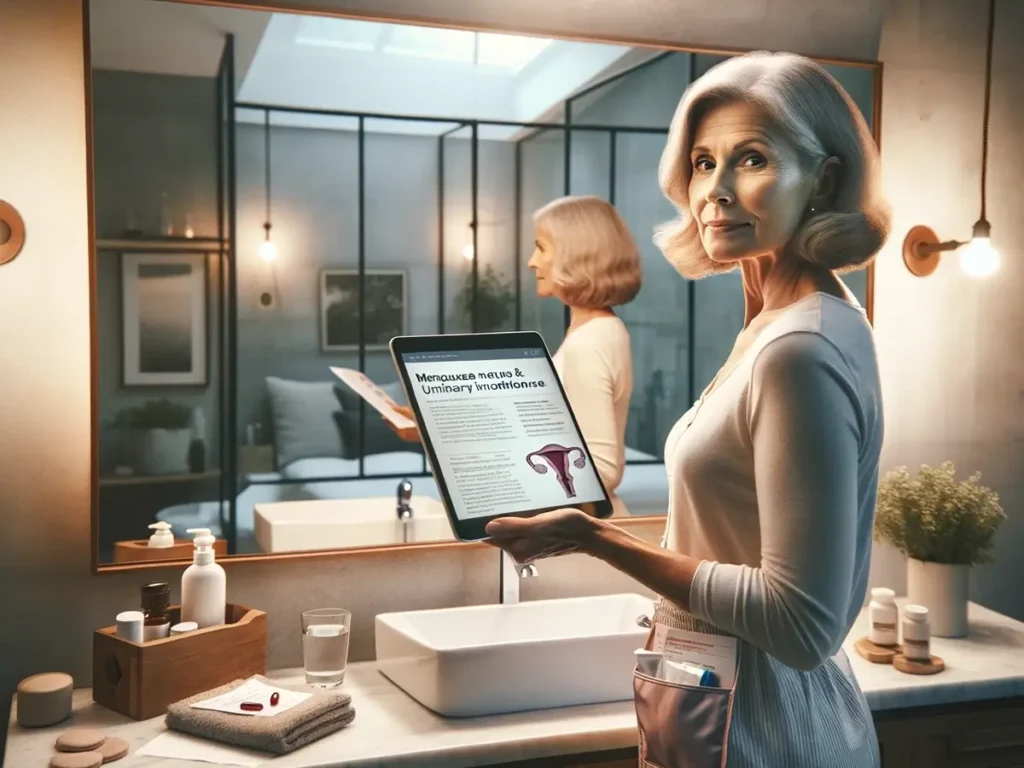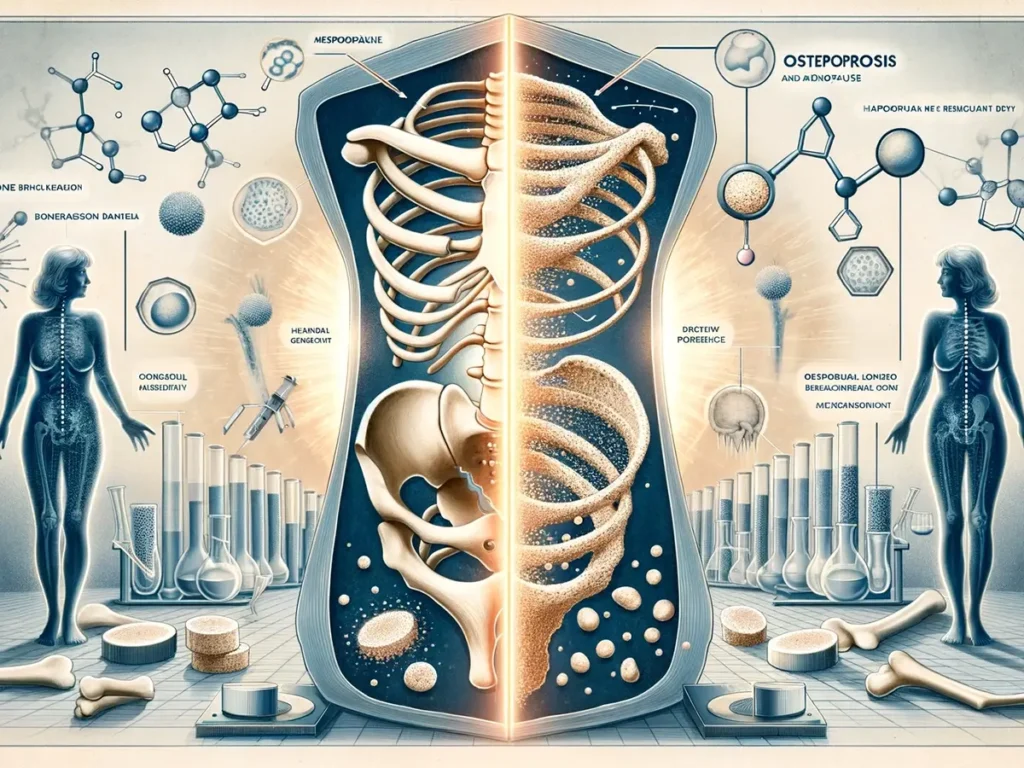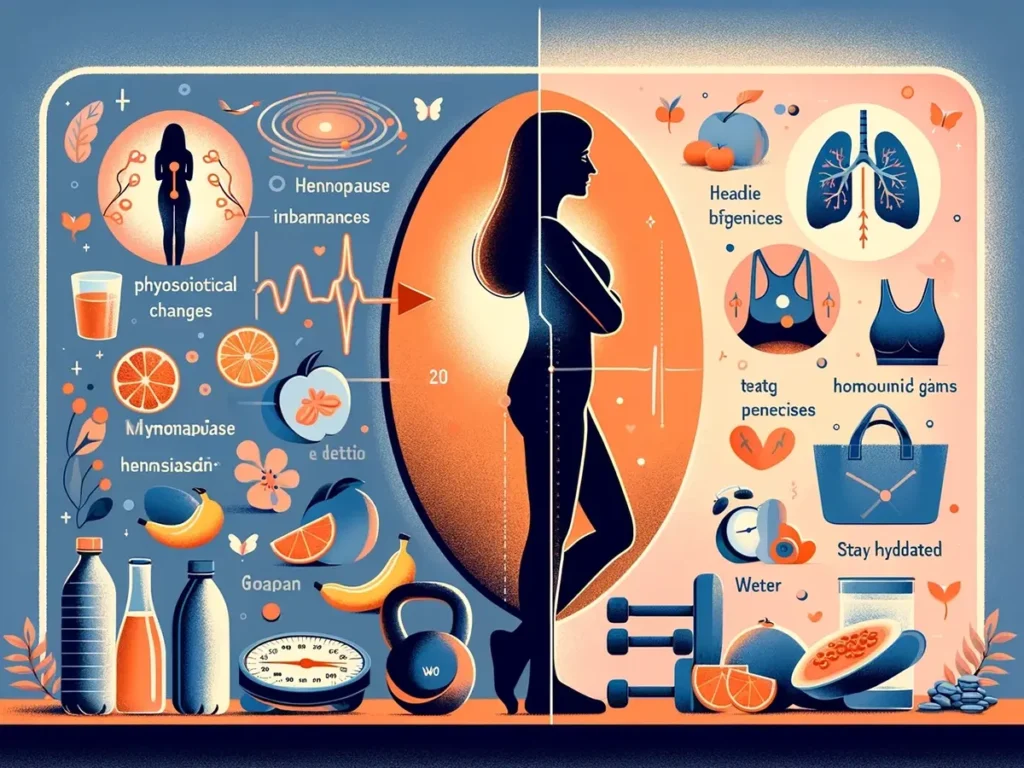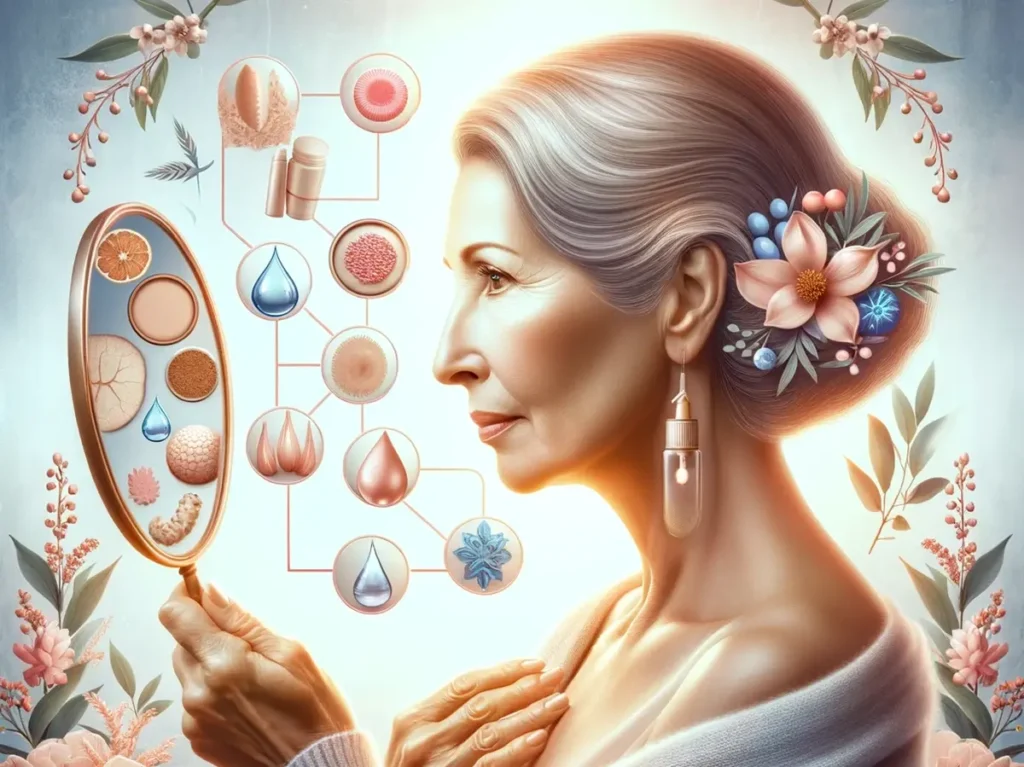Menopause is a natural part of a woman’s life between 45 and 55. It marks the end of a woman’s reproductive years and is characterized by decreased hormone production, particularly estrogen.
While menopause brings about many changes in a woman’s body, one often overlooked symptom is urinary incontinence. Urinary incontinence is the involuntary leakage of urine and can range from mild to severe. It can be a source of embarrassment and significantly impact a woman’s quality of life.
The connection between menopause and urinary incontinence lies in the hormonal changes that occur during this time. Estrogen plays a crucial role in maintaining the health and function of the urinary system. It helps keep the lining of the urethra and bladder healthy and supports the muscles that control urination.
As estrogen levels decrease during menopause, the urinary tract tissues may become thinner and less elastic. This can lead to a loss of bladder control and increased susceptibility to urinary incontinence. Additionally, the muscles that support the bladder may weaken, further contributing to the problem.
There are several types of urinary incontinence that women may experience during menopause:
- Stress incontinence: This is the most common type of urinary incontinence during menopause. It occurs when there is increased pressure on the bladder, such as during coughing, sneezing, or physical activity.
- Urge incontinence: Also known as overactive bladder, this type of incontinence is characterized by a sudden and intense urge to urinate, followed by involuntary leakage. Various factors, including certain foods and drinks, medications, and urinary tract infections, can trigger it.
- Mixed incontinence: This is a combination of stress and urge incontinence and is common among menopausal women. It involves both leakage with exertion and a strong urge to urinate.
- Overflow incontinence occurs when the bladder doesn’t empty, leading to frequent or constant dribbling of urine. A blockage or weak bladder muscles can cause it.
Fortunately, there are various treatment options available for menopausal women experiencing urinary incontinence. Lifestyle changes, such as maintaining a healthy weight, avoiding bladder irritants, and practising pelvic floor exercises, can often improve symptoms. Additionally, medications, bladder training, and in some cases, surgical interventions may be recommended.
It’s important for menopausal women to speak openly with their healthcare providers about any urinary incontinence symptoms they may be experiencing. A thorough evaluation can help determine the underlying cause and guide appropriate treatment.






